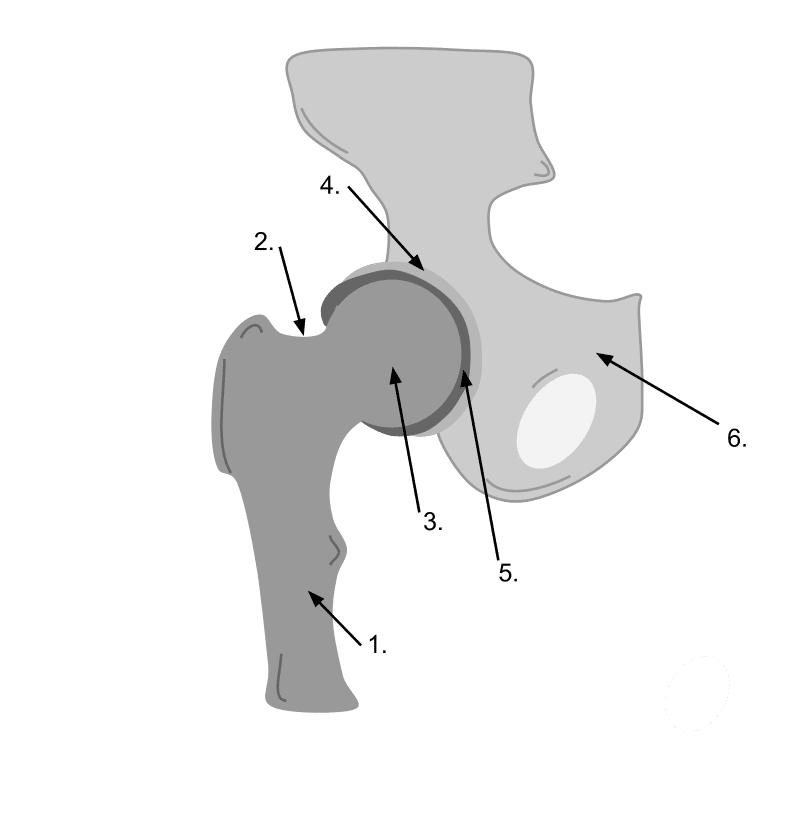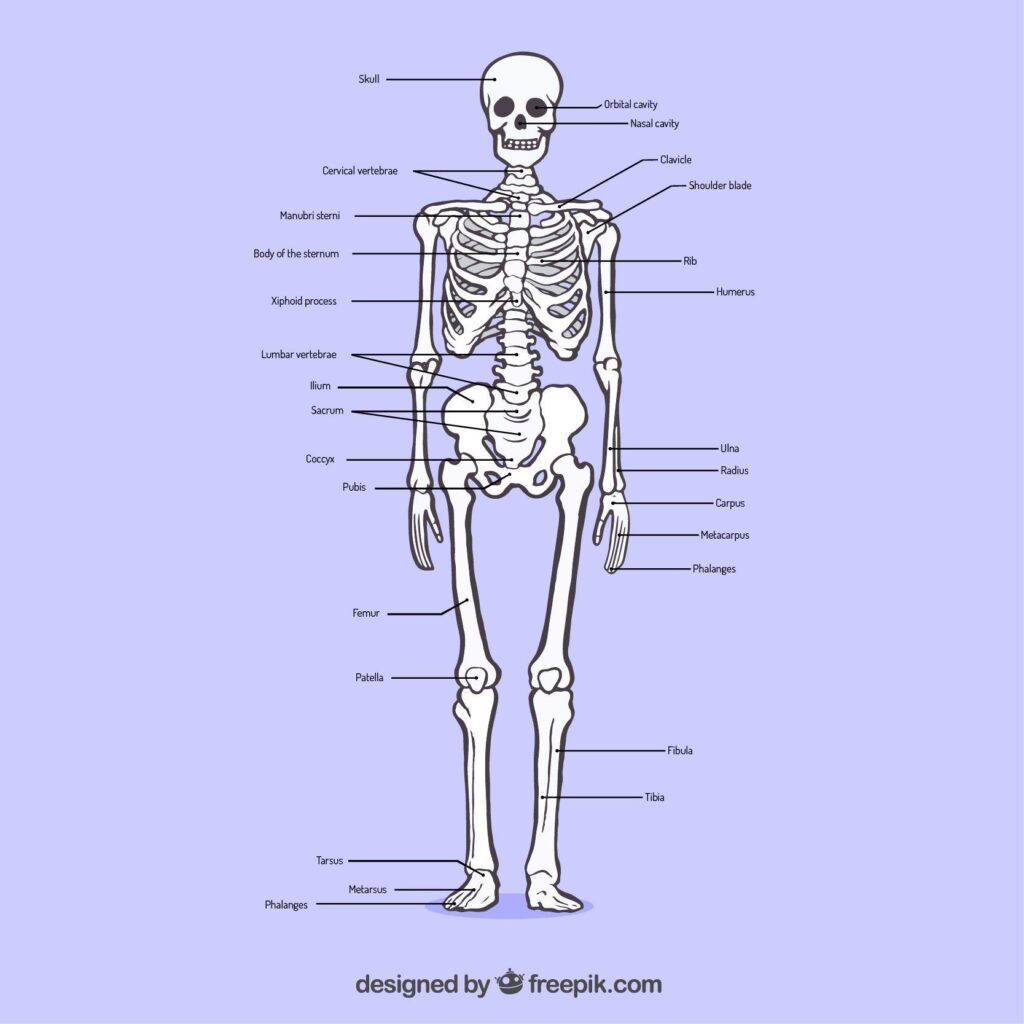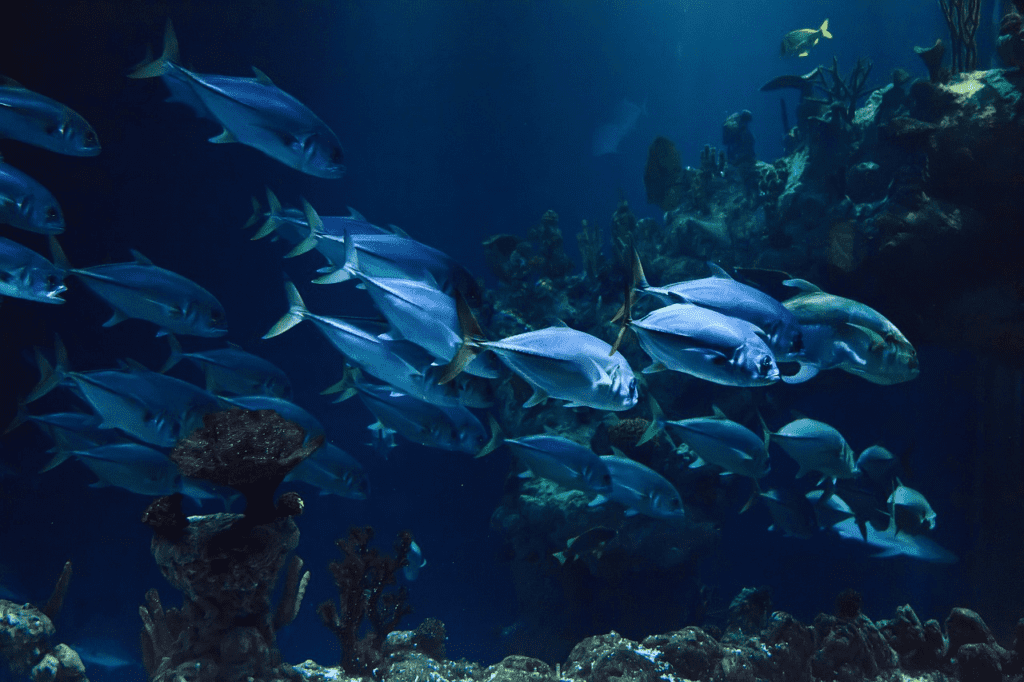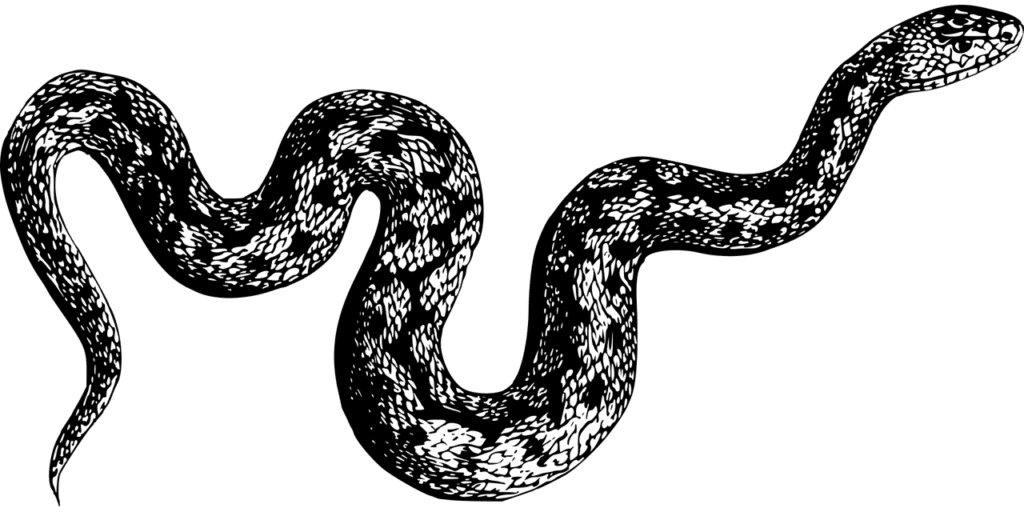Before starting with Class 6 Science Chapter 5 i.e. ‘Body Movements’, I am hoping that you have completed the 4th chapter. If not, then you can go through its Notes and NCERT Exercise Solutions whose links have been provided below. ⤵️
Table of Content
Introduction
Let’s start with the meaning of ‘Body Movement‘.
Well, it simply means the change in the position or location of some part(s) of the body or the whole body.
What I mean by this is that just sit in one place and observe yourself.
You will observe your nostrils flaring when you breathe, your chest (diaphragm) moving up and down when you breathe, you are blinking your eyes as well, You may be tilting or rotating your head and all other small changes in the position of your body parts is what constitutes the movements along with some major changes in your body positions as well e.g. running, jumping, swinging hands, etc.
Okay, so now answer this small question
How do you go from your school playground to your classroom?
You will probably be wondering what kind of question is that.
Well, it is a commonsensical question and whose answer we all know.
We walk with our legs.
But, not all animals walk and have legs. Different animals have different body parts and different ways of locomotion (animals going from one place to another).
Here are some of the most common animals and their body parts that they use for locomotion.
| Animal | Body part(s) used for locomotion | How does the animal move? |
| Cow | Legs or Limbs | Walk |
| Humans | Legs | Walk |
| Snake | Whole body | Slither |
| Pigeon | Wings, legs | Fly, walk |
| Cockroach | Wings, legs | Fly, walk |
| Fish | Fins | Swim |
Nature has provided different animals with different body parts or structures to move from place to place in different modes.
Plants can’t locomote but they show a vast array of movements e.g. growth of stem towards the light, growth of roots underground, blooming of flowers according to the daytime like some flowers bloom in day and some at night etc.
Human Body and Its Movements
We all play a whole lot of games like cricket, volleyball, football, badminton, etc.
During our play, we do a whole lot of body movements e.g. we throw a ball by swinging our hand, we smash the shuttles, we kick a football, we lift a volleyball, etc.
So, let me ask you this
Will you be able to throw a ball efficiently if you were not able to swing your hand and rotate your fist?
Will you be able to run fast if you are not able to bend your knees?
Will you be able to smash shuttles if you are unable to rotate your arm?
Of course not.
So what is that allows such a smoother and efficient movement in or of our body?
Some of the most common body movements that are performed by our various body parts are:
- Rotation (completely or maybe partially).
- Bending (downwards or lifting upwards).
Here are some of the body parts and their movements:
| Body Parts | Rotates Completely | Does Partial Rotation | Bends Forward (Ventral Side) | Bends Backward (Dorsal Side) |
| Neck | No | Yes | Yes | Yes |
| Wrist | No | Yes | Yes | Yes |
| Finger | No | Yes | Yes | Yes |
| Knee | No | No | No | Yes |
| Ankle | No | Yes | Yes | Yes |
| Toe | No | Yes | Yes | Yes |
| Backbone | No | No | Yes | Yes |
| Head | No | No | No | No |
| Elbow | No | No | Yes | No |
| Arm | Yes | – | Yes | Yes |
Did you notice that we are able to bend or rotate our body in places where two or more parts (bones) of our body seem to be joined together i.e. in our elbows, knees, shoulders etc?
Try to feel these body parts and you will notice some hard structures there that are rotating or bending.
Well, those hard structures are bones.
Bones can’t be bent as they are solid and they will break so we have different joints between different kind of bones that allows these motions.
So, basically joint is a place where two or maybe more bones make contact.
Joints
Broadly joints can be classified into two categories.
- Fixed Joints
- Synovial Joints
Fixed Joints: These joints are not very flexible and hardly allow any movement.
Such types of joints are present in our skull, upper jaw and the rest of the head, sternum or breastbone, etc.
Synovial Joints: These joints have the most freedom to move. They are usually made up of a cavity in one bone that another bone fits into.

Some of the common synovial joints are:
Ball and Socket Joint
In this type of joint, the rounded end of one bone fits into the socket-like cavity of another bone.
Bones can rotate and turn in almost any direction.
Joints present in our hips and shoulders are of this type.

Pivotal Joint
Such a type of joint is present where our neck joins our head.
It allows the forward-backwards and left-right motion of our head.
In a pivotal joint, the rounded surface of one cylindrical bone fits into a ring formed by the other bone.

Hinge Joint
These types of joints are very similar to the hinges that are present in our doors at home.

Hinge joints open and close in one direction only.

Such a type of joint is present in our elbow and knee.
Human Skeleton
The human skeleton is a structural framework that supports our body and it is mainly made up of bones and cartilages.

Bones
At the time of our birth we have somewhere around 300 bones but as we grow up they get reduced to 206 because a whole lot of bones get fused together and some cartilages also become calcified forming bones.
We can feel our bones through our skin and we can see them with X-ray imaging.
Skull: is not made up of only 1 bone but it is made from 22 bones in total.
In total, there are 29 bones including 6 bones in your both middle ear and 1 hyoid bone in your throat.
Chest: Consists of mainly 25 bones including 12 pairs of ribs and 1 breastbone.
Ribcage: A cage-like structure formed by the ribs by joining the chest bone or breastbone to the backbone.
Ribcage protects many vital organs including the lungs, heart, etc.
Backbone or Vertebrae: You can feel small bones in your back running from your neck to the tail.
The backbone mainly consists of 33 vertebrae made up of 26 bones.
If backbone is only made up of 1 bone then we will not be able to bend our back.
Shoulder and Collabone You can feel a bone that is prominent on the back of your shoulder i.e. shoulder bone or blade and the Collarbone or Clavicle is present between your neck and shoulder just above your chest. So, there are in total 4 bones.
Limbs: include both your hands and legs and each one of them has in total of 30 bones so overall 120 bones.
Fun Fact: Your wrist is not made up of one bone but it is made up of 8 small bones known as carpels.
Pelvic Bone: Also known as the hip bone present between your lower stomach and legs. There are mainly two hip bones.
Note: Now, here you have your 206 bones. Remembering them is not what is important but getting ourselves familiarized with them is what is important so please don’t try to memorise them.
Cartilages
They are the parts of our skeleton system that are not as hard as bones and that can be bent.
Cartilages connect the bones and joints together.
Feel your ears and you will notice something hard but bendable well that’s cartilage.
Muscles
They are the parts of our body that make the bones move in joints the way they do.
Muscles work by contraction mechanism and their contraction leads to the movement of bones in joints.
Activity to understand the working of muscle
- Relax your arm and then make a fist.
- Bent your arm at the elbow and try to touch your shoulder with your fist.
- You will notice a swollen region above your elbow.
- Try to feel it with your other hand.
- Now take your hand in the initial position and relax it.
- Now again feel the same region with your other hand.
You will notice that something in your arm right above your elbow looks swollen and stiffer when you bend your arm towards your shoulder and it relaxes and reduces when you relax your arm in normal position.
Well, that swollen part is your bicep muscle doing its work.
You can notice this kind of contraction in your leg muscles when you walk or run.
How do muscles work?
Well, muscles work in pairs.
- When one muscle is contracted then the bone is pulled in that direction and the muscle present in the opposite relaxes.
- So, to move the bone in the opposite direction the relaxed muscle contracts and the contracted muscle relaxes.
A muscle can only pull. It can’t push.
So that’s why muscles have to work together to move a bone.
You can understand it more clearly by watching this small animated video.
Now that we have understood about movements of the human body. Let’s learn about body movements in some other animals.
“Gait of Animals”
It means the movement patterns of the limbs of an animal.
Earthworm
The body of an earthworm is made up of many muscular rings joined end to end.

Unlike us, earthworms lack bones.
Its muscles help to extend and shorten the body.
How does an earthworm move?
- Earthworm first extends in the front part of the body, keeping the rear end fixed to the ground or surface.
- Then it fixes the extended front end and releases the rear end.
- It then shortens the body, pulling the rear end forward.
- This extension and contraction of the body or muscles make an earthworm move forward by a small distance.
The body of an earthworm secretes slimy substances that help it in the movement.
How does an earthworm fix parts of its body on the ground?
Well, under its body it has a large number of hair-like structures called bristles.
These bristles are connected with the muscles and they help it to get a good grip on the ground as well.
Fun Fact: The excreta of earthworms is known as vermicompost and it makes the nutrient rich for the plants.
Snail
Snails are the beautiful creatures of Mother Earth harbouring their homes on their backs.

The rounded structures that snails carry on their backs are called shells and they are an exoskeleton (means skeleton present outside of the body).
Snail’s exoskeleton is not made up of bones.
It’s a single unit and also doesn’t help a snail to move from one place to another.
How does a snail move?
- A head and a muscular foot come out of the snail’s shell.
- Snails move by gliding along the muscular foot through succeeding waves of muscular contractions.
Snail also secretes a lot of mucus that reduces the friction in its motion and doesn’t let a snail dry up.
Cockroach
You definitely have seen these darkly coloured pests in your home or in some shops.

They can climb walls and can fly as well.
- They have 3 pairs of legs and 2 pairs of wings.
- Legs help them to walk and with wings, they fly.
- Their body is covered with a hard exoskeleton that is made up of various hard plates.
- Their legs and wings are moved by muscles.
Birds
You have seen so many different varieties of birds around you including the peacock, pigeon, sparrow, crow, etc.
Birds can walk on the ground and can fly in the air.

Some birds like ducks and swans can also swim in water.
What makes it possible for a bird to fly?
- Their bones are hollow and light.
- The bones of their forelimbs have been modified into wings.
- Strong shoulder bones.
- Their breast bone has been modified to hold the muscles of the fight which are responsible for the up and down movement of wings.

Birds use their hindlimb for walking and perching.
Fishes
Have you ever seen a boat?
If yes, then don’t you think it looks similar to fish in structure?

Both a fish and a boat have a streamlined body structure.
An organism is said to have a streamlined body if its head and tail are smaller than the middle body and are tapered.
Due to their streamlined body water can easily flow around them and allow them to move in water.
How does a fish swim?
- The skeleton of a fish is covered with strong muscles.
- During swimming, these muscles make the front part of the body curve in one direction and the tail part swings in the opposite direction.
- Then, quickly the body and tail curve to the other side.
- This makes a jerk and pushes the body forward.
- With a series of such jerks, a fish swims ahead.
- Fins help a fish to produce such jerks. Mainly the tail fin helps in producing jerks.
- Other bodily fins help a fish to maintain balance and better manoeuvring.
Fun Fact: Underwater divers wear fin-like flippers on their feet so that they can swim better underwater.
Snakes
Are elongated and limbless reptiles.
Some of them are venomous but most of them are not venomous.

How do snakes move?
- Snakes slither on the ground and some swim in water.
- Snakes have a very long backbone and many small interconnected muscles.
- These muscles interconnect the backbones, ribs and skin.
- Snake’s body curves into many loops and each of these loops gives it a forward push by pressing against the ground.
- Since snakes have very long bodies, they can form many loops and locomote at a faster speed.
Here is a video clip explaining it all.
Conclusion
To keep our bones, muscles and joints healthy and properly working, we should exercise, play outdoors and do Yoga. Yoga is an invaluable gift to humanity from our Indian gurus. The World celebrates 21st June as the International Day of Yoga. For the longevity of life and calmness of mind and soul, you should do Yoga on a daily basis.
References & Credits
- Class 6 Science NCERT Textbook
- Cleveland Clinic
- Blanchard, Arnaud & Mebarki, Djamel. (2018). The Neck of Pinobo, A Low-Cost Compliant Robot. 10.1007/978-3-319-95972-6_6.
- Image by PublicDomainPictures from Pixabay
- https://3dmusclelab.com/elbow-joint-and-forearm/
- Image by freepik
- Image by Natfot from Pixabay
- Image by azeret33 from Pixabay
- Image by Kasia from Pixabay
- https://twootz.com/article/Bird-Skeleton
- Image by PublicDomainPictures from Pixabay
- Image by OpenClipart-Vectors from Pixabay
- Image by freepik
Thank You for Choosing Sciक्षक ❤️

